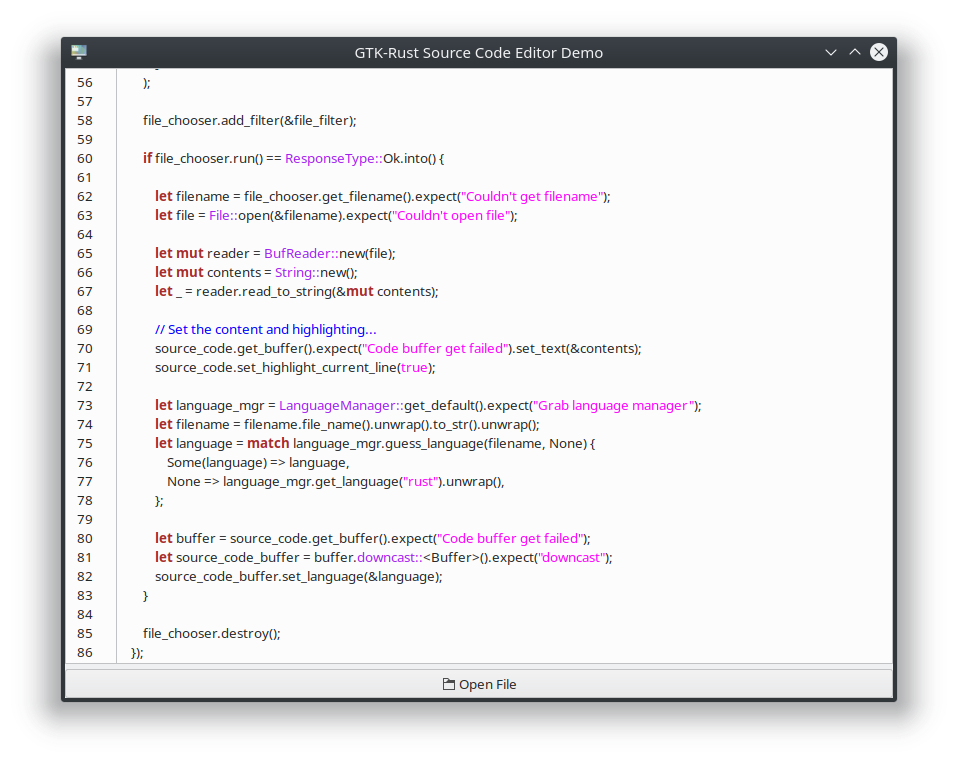Time for a self-experiment, where I get to play the part of the guinea pig. And you get to observe the final results. Speaking of time, this university semester I felt rushed and busy like never before. I found myself with six assignments/exercises a week, and in a constant lack of time. In response I started going to time management counselling. Armed with calendars, todo lists, activity logs, my trusty PDA and advice from Mindtools.com, I felt I could do no wrong.
I discovered a problem that kept holding me back from achieving more. At home, with all things going on, my time become extremely fragmented. The fragmentation frustrated my attempts at coming up with a coherent schedule and sticking to it. And getting into the mood and mindset of performing school work – assignments that I tried to avoid – felt like climbing Mount Everest again and again. However when I interrupted and continued games between chores, I did so without missing a moment. Why could I do one well but not the other?
When you look at my situation, it resembles the life of a CPU. Why a CPU? Take a look at your computer. Your computer with one CPU can multitask well. The CPU seems to work on many things at the same thing. In reality, one CPU can only do one thing at a time, but the operating system switches the tasks for the CPU. Under Linux – the OS I use and understand best – every program (process and thread) becomes a task. The OS allocates a certain amount of time for executing a task, and then switches between them. Whenever the OS switches, it stores a record of what task it was working on, how far did it go into the task, and any extra information it needs to restart the task later. The OS then starts or continues another task. Eventually, the OS gets back to the stored task, retrieves it, figures out what to do, and executes the task until the next switch. So what?
Well, I often have to drop one thing and pick up another. Just like an OS, I switch from one task to another. Yet when I re-start my previous work, I sit trying to get into the work again. Being the distractible type, I get fed up and wander off to game instead of homework. And I need continuous blocks of time to do work in. So what to do?
Remember how the OS stores some information of its work in one task, before it switches? Well this week’s experiment is do the same. Before I go off on another task, I will write down the following:
Task: (what was I working on)
Working on: (which part or section I was working on)
Self-Progress: (how I am progressing through this section – well, badly, struggling, etc.)
Next work: (what I need to do next)
Notes: (any important things I need to jot so I don’t forget them)
Well this work or is useful? I have a pad of paper and pen ready, and we will see. Next week, I will post any interesting developments and results of this self-experiment.
